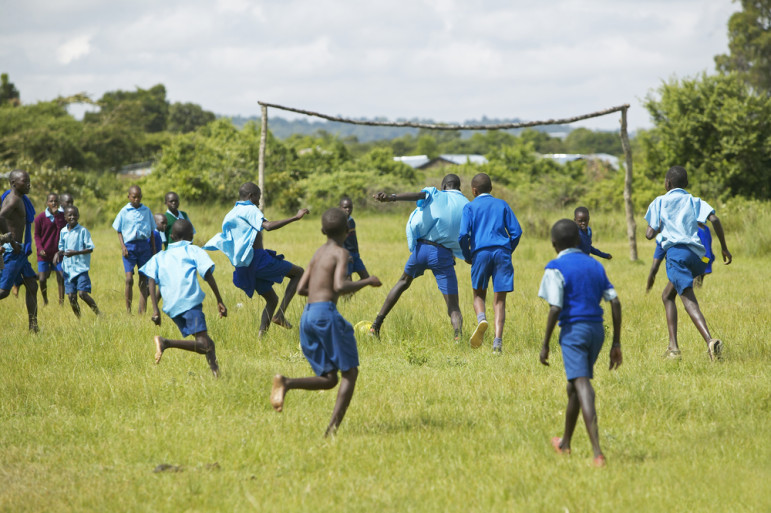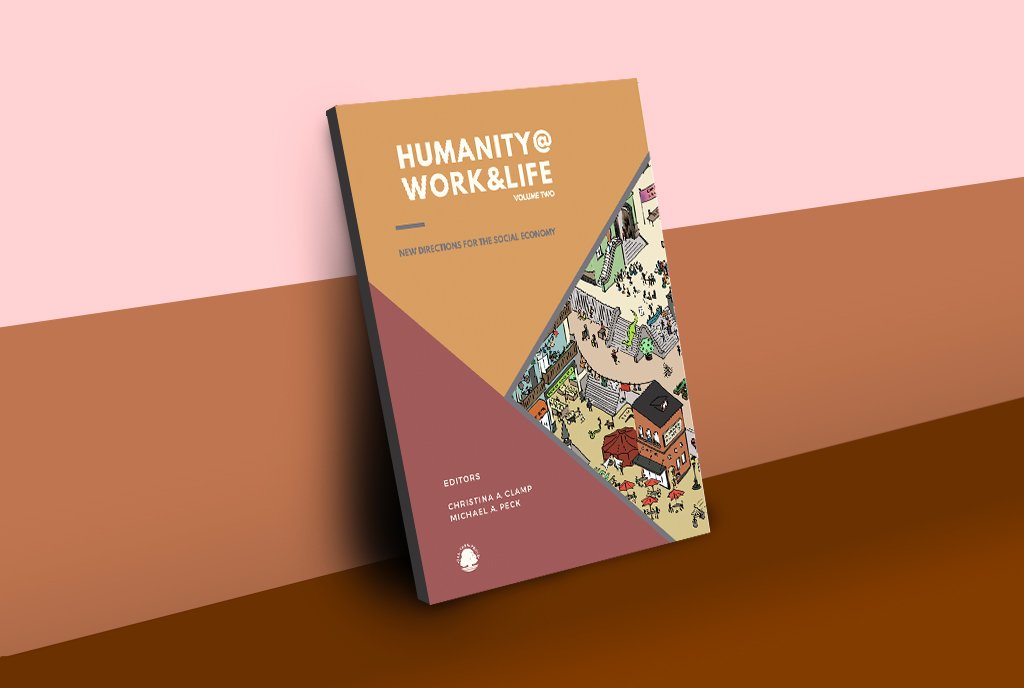
October 2, 2015; Quartz
Throughout the world, education is considered at least part of the lifeline to new opportunities, particularly for children living in poverty. In 2003, Kenya declared primary school education to be free and compulsory. In the decade that followed, foreign aid poured in, the number of schools increased, and today most children are enrolled. At the same time, school fees have multiplied, even for families living in the slums of Nairobi. Since most of the schools serving children in the capital’s poorest areas are unregistered, the quality of education they provide is difficult to measure. As a result, many wonder whether Western donations are well spent.
Kenya is located on the eastern coast of Africa. It is a country of 44 million people and boasts the biggest economy in east Africa. Twelve years ago, the government focused a significant portion of its resources on educating its children, and as a result nearly nine out of ten Kenyans under the age of 11 are now enrolled in school.
While the number of children in school is increasing, so have the school fees that families pay. Not surprisingly, wealthy children are sent to private schools with correspondingly high fees. At the same time, even less well off Kenyans question the quality of the public schools and opt instead for low-fee private primary schools. Between 2010 and 2014, the number of children in public schools dropped by over six percent. Even those families that do send their children to public schools are subject to some fees, including uniform and testing fees.
Kenyan families have reason to believe public schools are failing. According to a 2013 World Bank report, public school teachers were absent almost half of the time, leading to children receiving on average slightly more than two hours of instruction. A second study discovered that only one-third of teachers at these schools scored a minimum of 80 percent on exams of curriculum it was their job to teach.
Additionally, research completed by Concern Worldwide found that the schools located in the slums of Nairobi were suffering a cumulative shortage of 250 teachers. (Schools located outside of the slums are only short around seven teachers.) The shortage has led to more than eighty percent of classrooms in the slums exceeding the government-stipulated ratio of 1 teacher per 45 children; three of these schools have a ratio of over one hundred children per teacher.
Sign up for our free newsletters
Subscribe to NPQ's newsletters to have our top stories delivered directly to your inbox.
By signing up, you agree to our privacy policy and terms of use, and to receive messages from NPQ and our partners.
The growth in private primary schools began in the 1980s as the population ballooned by almost four percent, one of the largest rises in such rates in the world. At that time, the Kenyan government encouraged education entrepreneurs to build schools to help keep up with demand. Outside funds increased as the schools and their leaders attracted the attention and support of foreign donors. From 2001 to 2009, the number of private schools doubled.
The Africa Population and Health Research Center, a leading research institute located in Nairobi, found more than 60 percent of Kenyan children, or 300,000, attend the low-fee schools. Families earning less than $1 US a day, barely able to put food on the table, still pay between $1500 and $3000 US to send their children to these low-fee schools. Those lucky enough to continue schooling at the secondary level attend schools with more modest fees, starting at $1200 in the poorer communities.
Sadly, while fees are rising, the quality may not be. Most of the low-fee private primary schools are not registered with the Department of Education, leaving the educational entrepreneurs running them with the opportunity to pocket the fees and foreign donations. Unregistered schools don’t get the same scrutiny as registered schools, and therefore the quality of education is unclear. Adding to the injustice, unregistered schools are not eligible for the public grants provided to registered schools, including those attended by the wealthy.
The winners are the children living outside of the city, attending registered schools and paying less in tuition. Enrollment at these schools has tripled from four percent in 2005 to twelve percent currently. Competition for children is fierce, and only stellar teachers are employed. According to research from the Brookings Institution, fees for these schools are two-thirds of what schools in the “free” public system charge.
Sadly, the injustice continues at the secondary level. The quota admissions process at these schools sets aside one of every four places for public feeder schools. Therefore, the children attending the low-fee schools in the nation’s capital compete with wealthy children attending high-performing private schools for the limited number of spots.
Fixing this dysfunction begins with the Kenya Ministry of Education, Science, and Technology. First, all schools need to be scrutinized and regulated. Second, government education grants must follow children, and if the schools they attend do not deserve the funds, the grants should be given directly to the families to subsidize fees and other educational expenses.—Gayle Nelson











